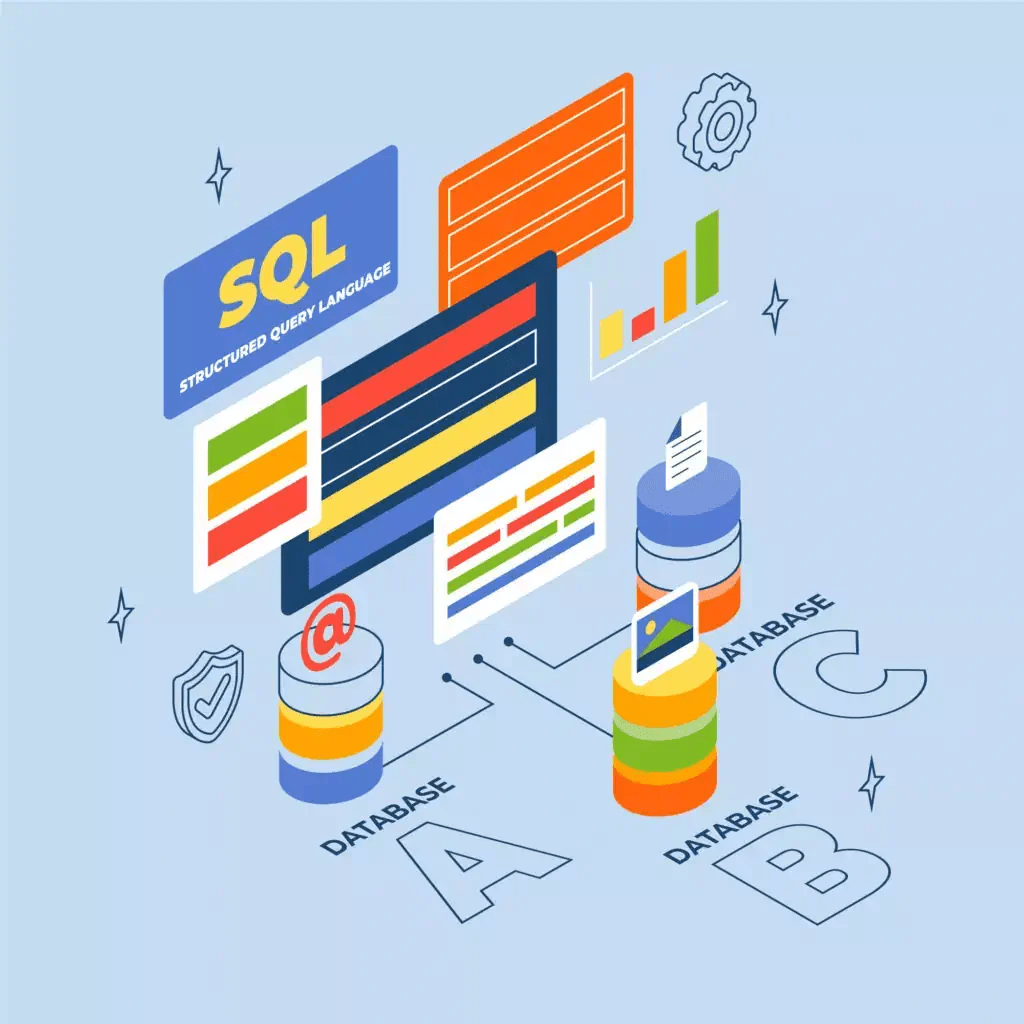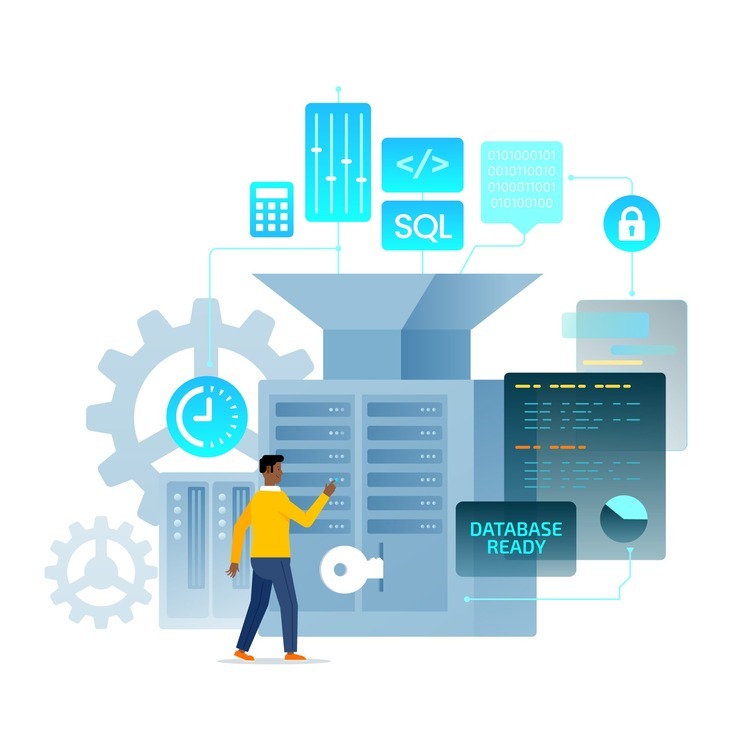Are you tired of dealing with a Ruby on Rails application that is difficult to maintain, lacks scalability, and frequently experiences errors? Do you want to put an end to the unnecessary expenses associated with maintaining your application?
It’s high time now to validate the architecture of your Ruby on Rails application and take the required action after the validation.
Mallow has partnered with clients across a multitude of sectors, encompassing small businesses as well as large enterprises, with the primary objective of helping them unleash their maximum business potential. A common observation we’ve made among these potential clients is that many of them tend to neglect the importance of validating their application architecture. We consistently emphasise to application owners the crucial role it plays in ensuring the stability of their applications, urging them to recognise its significance.
It is surprising that many application owners miss the importance of application architecture and may not prepare for unexpected demands or necessary changes. This article highlights the crucial steps necessary to ensure the architecture of your Ruby on Rails application and emphasises the significance of stability.
Why does validating my application’s architecture matter?
A well-designed architecture makes the application more maintainable and easier to update, reducing the risk of technical debt. It can also help the application perform better and handle increased traffic and user demand, improving the user experience.
Validating the architecture can also help identify potential security risks and ensure that the application follows best security practices. By validating the architecture, you can ensure that the application is built to a high standard, reducing the likelihood of bugs, errors, and other issues impacting the application’s performance and reliability.
What are some commonly used types of architecture, and when should I use them?
Monolithic Architecture
In this traditional architecture, the entire application is built as a single, self-contained unit. All the components and functionalities are tightly integrated into a single codebase, making it simple to develop and deploy. However, it can be challenging to scale and maintain as the application grows.A monolith architecture is typically suitable for small and mid-scale complex applications which do not require extensive scalability and faster growth. It is an appropriate choice when the development team is small and there is no immediate need for microservices or distributed systems. Monoliths are also advantageous when the application has a single, cohesive domain with tightly coupled components that need to be closely coordinated.
Client-Server Architecture
This architecture divides the application into two main components: the client and the server. The client, usually a user interface, interacts with the server, which processes requests and provides responses. The client-server architecture enables distributed processing and allows for scalability and flexibility.This architecture is beneficial when multiple clients (For example, Web and Mobile applications) need to access and interact with a centralised server for data storage, processing, and business logic. Client-server architecture is commonly employed in applications where the server hosts the backend logic and database while the client, typically a web browser or mobile application, handles the user interface.
Service-Oriented Architecture (SOA)
SOA is an architectural style where an application is composed of multiple services that communicate with each other via a network. Each service performs a specific business function and can be developed and deployed independently. SOA promotes loose coupling and reusability of services.This architecture is advantageous when there is a need for integration across different systems, platforms, and technologies. It enables businesses to expose functionalities as services, which can be accessed by other applications or services through well-defined interfaces. SOA is particularly useful in large-scale enterprise applications where different departments or systems need to communicate and share data seamlessly.
Microservices Architecture
Microservices architecture is an extension of SOA but with smaller, more focused services. In this approach, the application is divided into a collection of loosely coupled services, each responsible for a specific business capability.It is beneficial when there is a need for independent development, deployment, management, and scaling of individual components. Microservices allow breaking down an application into smaller, specialised services that can be developed, tested, and deployed independently.Microservices also enable the use of different technologies and programming languages for each service, providing flexibility in choosing the most appropriate tools for specific functionalities. To be more specific, microservices facilitate fault isolation, as a failure in one service does not impact the entire application.
Event-Driven Architecture (EDA)
EDA is based on the concept of asynchronous communication and event processing. In this architecture, components communicate through events and event-driven messaging. When an event occurs, it triggers actions or notifications to other components. EDA is beneficial for building systems that need to handle a high volume of events or have complex event processing requirements.Event-driven architecture is a suitable choice when building applications that require real-time responsiveness, scalability, and loose coupling between components. It focuses on the communication and processing of events, where events represent significant changes or occurrences within the system. This architecture is advantageous when there is a need for event-driven workflows, event streaming, or handling asynchronous communication.EDA is particularly useful in domains such as IoT, real-time analytics, and event-driven systems where event processing and reaction are critical. It enables the decoupling of components, allowing them to react independently to events and perform specific actions based on event triggers
Serverless Architecture
Serverless architecture, often associated with cloud computing, allows developers to focus on writing code without managing or provisioning servers.This is ideal for applications that prioritise efficient resource utilisation, automatic scaling, and cost-effective pricing. It is beneficial when rapid development, reduced infrastructure management, and scalability on demand are required.With serverless platforms like AWS Lambda or Azure Functions, developers can focus solely on code without worrying about provisioning servers. It is particularly useful for event-driven workloads, where resources are allocated as needed.The serverless architecture enables automatic scaling based on workload demands, ensuring optimal performance and cost efficiency. The pay-as-you-go pricing model eliminates upfront infrastructure costs and allows applications to scale seamlessly with usage.
How do I analyse my application’s architecture?

Analysing an application’s architecture typically involves a thorough review of the codebase and an assessment of the application’s performance, scalability, security, and maintainability. This includes;
- Reviewing the application’s design patterns
- Examining all the components and communication protocols
- Assessing the application’s performance under different conditions (such as high traffic or resource-intensive tasks).
- Reviewing the application’s security protocols
- Assessing potential risks and vulnerabilities.
- Evaluating the use of third-party libraries and dependencies.
- Examining the application’s maintainability (For example, identifying areas where the codebase could be refactored or improved to make it easier to update and maintain over time).
In order to offer a more precise context, we have organised the sections of your analysis into four distinct categories. The following details outline the fundamental areas that should be taken into account when performing an analysis of your application’s architecture. This will provide a foundational understanding of the overall process involved in implementing your application’s architecture.
1. Performance – What parameters to check and why?
✅ Have background jobs been used? Reason – To check if the async process has been carried out efficiently or not.
✅ Have you used caching? Reason – Make the performance of the application better.
✅ What do the reports from APM tools (like New Relic, AppDynamics, Dynatrace, Datadog, Splunk, and SolarWinds AppOptics) say? Reason – To check how your application is Performing in the given aspects as per the tool.
✅ Does your application possess any N+1 query problems? Reason – To check if the queries are being run efficiently or not.
✅ Does your application have the problem of slow queries? Reason – To check the performance of the database transactions.
✅ Check for indexing, pagination, the database schema, foreign key setup etc., from the database level. Reason – To avoid long-running queries in the database.
2. Security – What parameters to check and why?
✅ How are credentials maintained? Reason – Check that the credentials should not have to be maintained in the code base.
✅ Has data encryption been carried out effectively? Reason – To have enhanced data security for your application
✅ Whether the versions of the dependencies libraries use the latest stable ones? Reason – So as the application is running on the latest platforms. This is essential because the newly released versions would have their security-related bugs getting fixed.
✅ Wondering how you could enhance the security of your Ruby on Rails application? Check out our blog on How can I validate the security of my Ruby on Rails project?
3. Scalability & Maintainability – What parameters to check and why?
✅ Have you checked the hosting environment? Reason – To ensure that the application is supportive enough to be scaled at the time of need.
✅ Have you abided by the coding standards? Reason – To reduce your application’s unwanted maintenance costs.
4. What are some other parameters to check and why?

✅ How are the application’s server and web server configurations handled? Reason – To avoid Human errors, malware, and misconfiguration. And also to ensure that your application is stable enough to control the user’s traffic and security. Your overall infrastructure cost also gets optimised.
✅ How has the application’s log management been done? Reason – To ensure the application’s audit cloud is carried out quickly at the time of need.
✅ Does the application have good Test coverage? Reason – To ensure all the scenarios in the applications are performing as expected.
✅ Is the application flexible and adaptable enough to release changes efficiently? Reason – To minimise the overall development cycles during the upgrades and maintenance.
✅ Whether your code deployments have been automated in a CI/CD environment? Reason – To optimise and minimise the release process of the application.
What is the current status of the application following the evaluation?

Based on the results, your next action could take one of two directions.
Case 1 – My application’s architecture is in a good state!
Great to know that! But as we know, “An application is never done”. And with the pace in which technology is evolving and new versions of the platforms are being released, it is always recommended to have an eye on how your application’s architecture is doing in all aspects.
Case 2 – My application’s architecture is inadequately designed.
If your application’s architecture is designed inadequately, the following are some of the steps you should take.
Step 1. Review existing architecture design
Review the existing architecture design to identify areas that can be improved. Look for opportunities to simplify the architecture, remove unnecessary complexity, and optimise resource utilisation.
Step 2. Identify the areas of the architecture that causes performance-related problems
Start by analysing the architecture to identify the areas that are causing performance problems. This may involve profiling the application to identify performance bottlenecks or conducting load testing to identify areas of the application struggling to cope with high traffic levels.
Step 3. Determine the root causes
This may involve identifying issues with the hardware, software, network, or database infrastructure that underpins the application.
Step 4. Develop a plan to optimise the architecture
Taking into account the root causes of the performance problems. This may involve re-architecting the application, upgrading hardware or software, or optimising the database infrastructure.
Step 5. Implement and test the changes
Implement the changes to the architecture and test the application’s performance to ensure that the changes have been effective. This may involve conducting additional load testing or monitoring the application in production to ensure it performs as expected.
Step 6. Continuously monitor and improve the application’s performance
Continuously monitor and improve the application’s performance over time. Use APM tools (like Dynatrace and New Relic) to identify areas of the application that are not performing optimally and take action to address these issues before they become significant problems.
You, by now, would have got deeper insights into how you should take up the architecture validation process of your Ruby on Rails application.
By taking a proactive approach to improving your application’s architecture (using the above measures), you can ensure that it remains performant and reliable, even as it scales to meet the needs of your users.
Wondering if your application would be the right fit to be built by Mallow? Check out our blog: Is my Ruby on Rails application the right fit to be built by Mallow?
Need assistance on how to validate the architecture of your Ruby on Rails application or improve your application’s architecture? Please feel free to reach out to our team.



